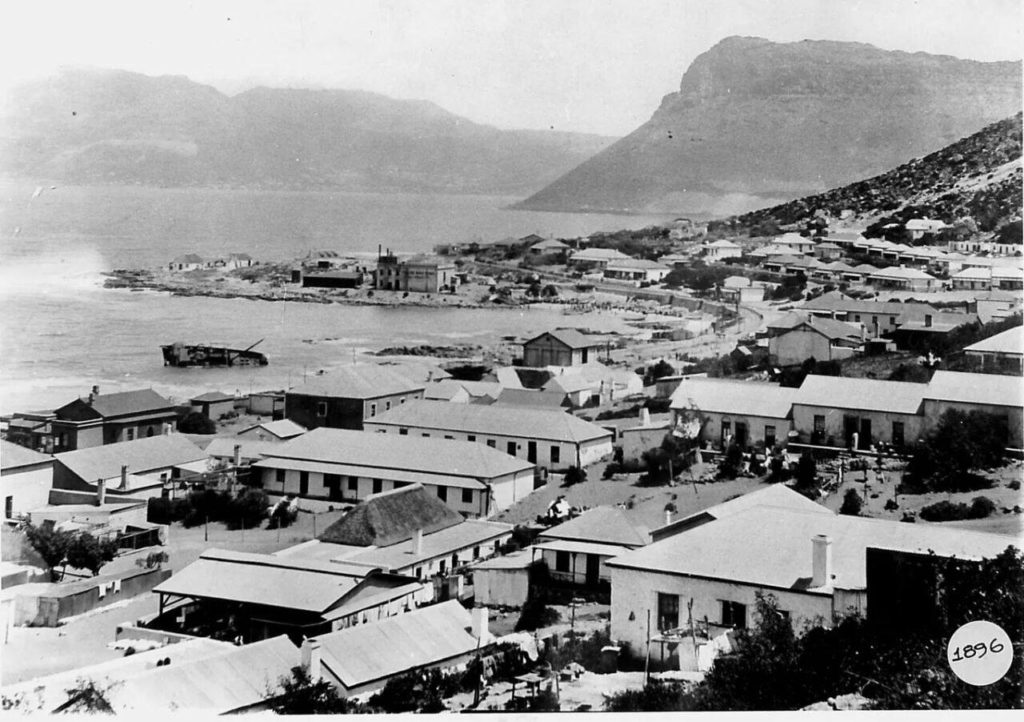A day in Kalk Bay is guaranteed to be a good one. From meandering through the local stores to marvelling at the beautiful sea views, you’ll be hard pressed to have a bad time here. Known as a sleepy fishing village, Kalk Bay has a unique history that may surprise its visitors.
The name ‘Kalk Bay’ literally translates from Dutch to ‘Lime Bay’, honouring the areas vast deposits of mussel shells. Early settlers, most likely indigenous Khoi people, in the area burned these shells to produce lime they then used in construction.
The seaside town along the False Bay coast was first established in 1742 as a mini-port for Dutch sailors. The Dutch East India Company transported building materials they needed to construct Simons Town, where they anchored their ships, from Kalk Bay over the sea to Simon’s Town as roads at the time were inadequate for transport. This mini-port boom ended after the British took over the Cape and built proper roads, causing Kalk Bay to fall into disuse by the late 1700s.
By 1820, whaling became the next big wave, bringing much enterprise to the area and even becoming the third biggest income earner for the Cape colony after agriculture and winemaking. Three of the main whaling stations were in Kalk Bay. However, the near-extinction of the female Southern Right Whale caused this practice to die out, once again rendering Kalk Bay less important.
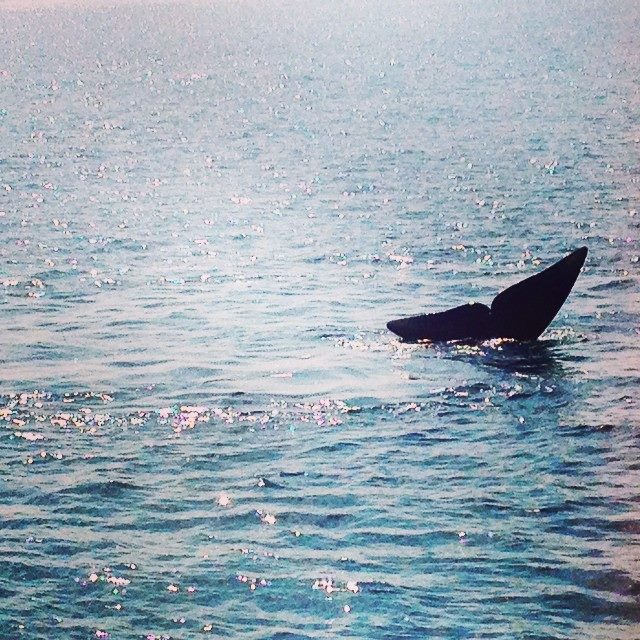
Little known to many, Kalk Bay actually has a Filipino heritage. According to historic material, a shipwreck at Cape Point in 1840 caused Filipinos to settle in the area. One of the settlers, Felix Flores, is often considered the ‘godfather’ of the Filipino community as he looked after the residents and encouraged many more Filipino crew members on American ships docking at Simon’s Town to settle in the village.
By the 1850s, more Filipinos fleeing the Spanish riots came to settle in the area. While many returned home after America took over the Philippines, about 60 families remained and their descendants still live in the area today.
Those living Kalk Bay with surnames like Fernandez, de la Cruz, Florez, Padua, Manuel, Pasqual and Garcia are most likely descendants of these original settlers. Emancipated slaves from Batavia, Java and Malaysia also settled in the area, making Kalk Bay a melting pot of culture.
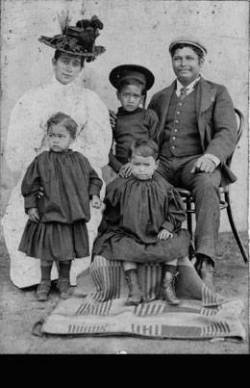
Credit: South African Embassy, Manilla
These Filipino settlers were integral in establishing many parts of modern day Kalk Bay, including the St James Parish that still exists today. Many were also fishing experts, and played a big role in the initial fishing trade.
In May 1883, the railway line from Cape Town was first established, becoming one of the most significant developments in Kalk Bay history. From this moment the fishing trade truly began, and by 1892 Kalk Bay supplied the majority of the domestic Cape market, as well as Kimberly and Bloemfontein. As a result of this boom, population growth in the area led to more homes, boarding-houses, hotels, schools and shops being built. Modern day Kalk Bay began to take shape.
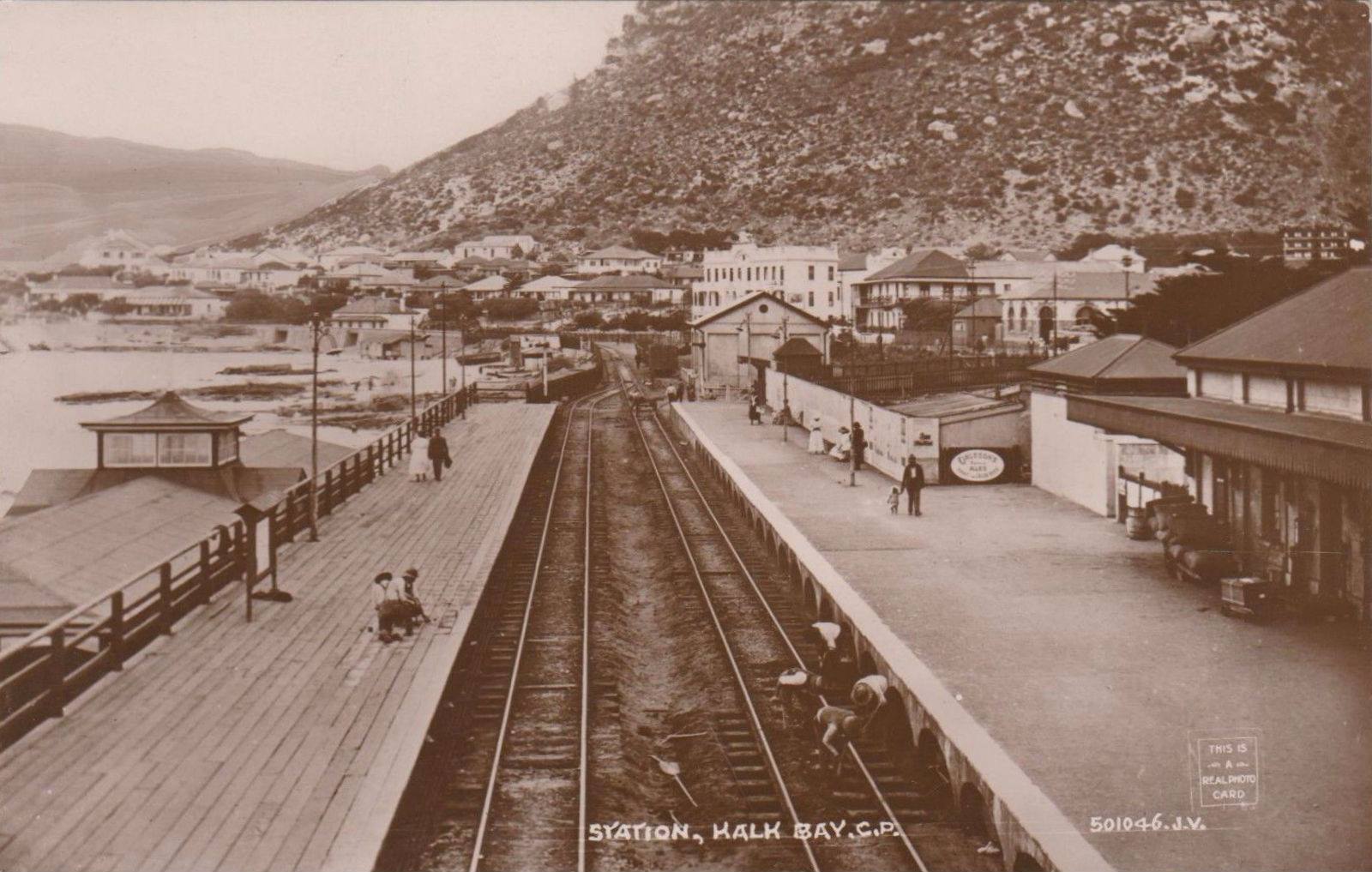
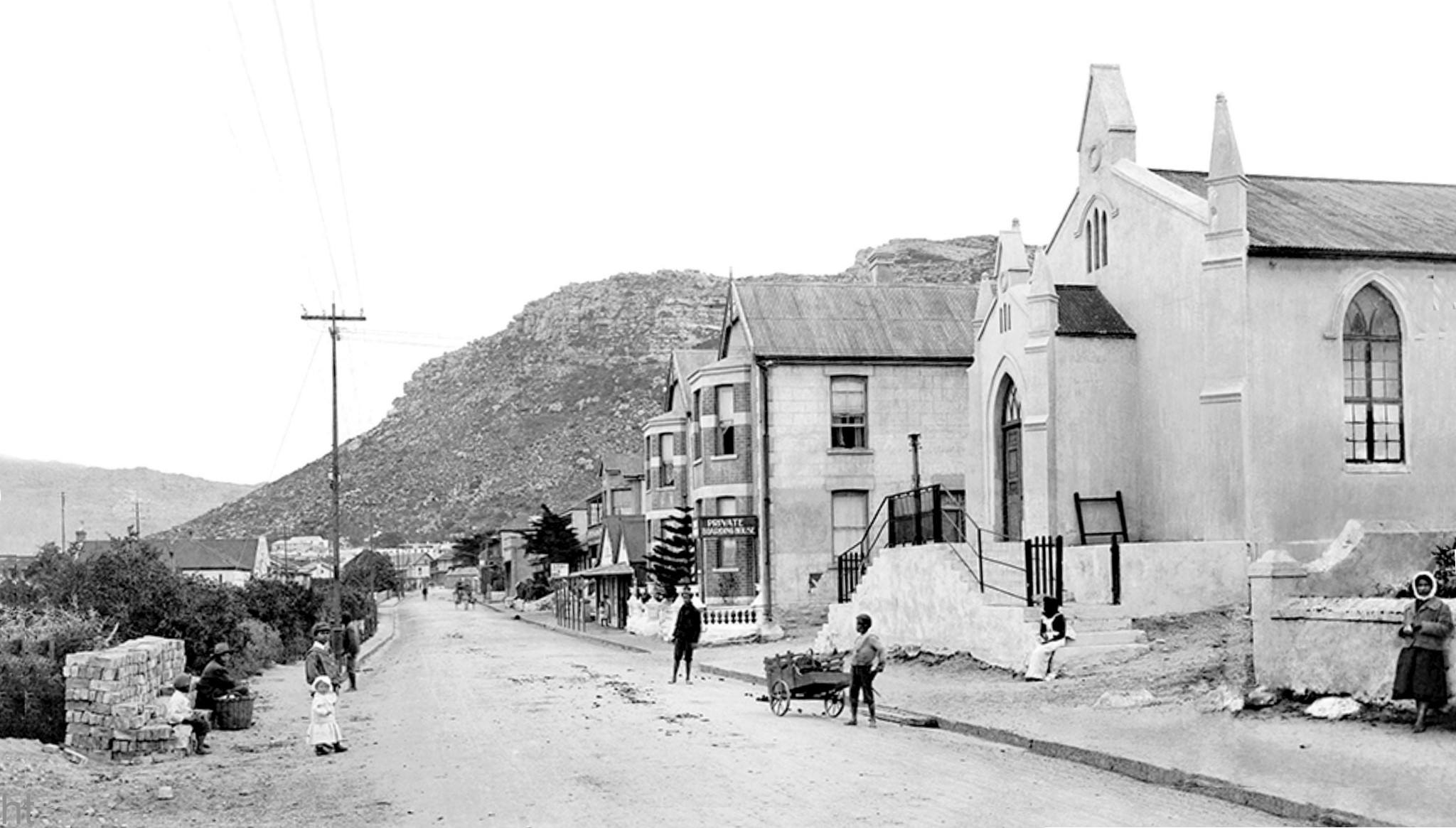
Interestingly, Kalk Bay is one of the few areas in the Cape to resist the apartheid-era mixed-marriages act. However, it wasn’t all good. Many of the poorer residents were marginalised as wealthier people flocked to the area amid the fishing trade boom. Property became more expensive, causing many poorer fisher families to live in the overcrowded area called Die Land. The Slums Act of 1934 cleared this area, and after much protest by the fishermen and local residents, the Kalk Bay Housing Scheme of 1938 was established and the Fishermen’s Flats were built between 1941 and 1945.
In 1967, Kalk Bay was proclaimed a white area amid the Group Areas Act, leading to widespread opposition from the local residents. Going against the norm, the Government allowed many families of colour to remain in the Fisherman’s Flats for another 15 years, making this area one of the few to maintain a mixed-race population. However, The Kalk Bay Historical Association reports that about 25% of the families were forcibly removed.
In December 2017, the steps leading from Boyes Drive to the old graveyard on Quarterdeck Road were renamed the Manila Steps to honour the area’s Filipino history.
Today, much of the area’s multiculturalism still exists. Loved for its quaint stores, fresh seafood and chilled way of life, visitors flock to the seaside town every weekend for a break from fast-paced city life.
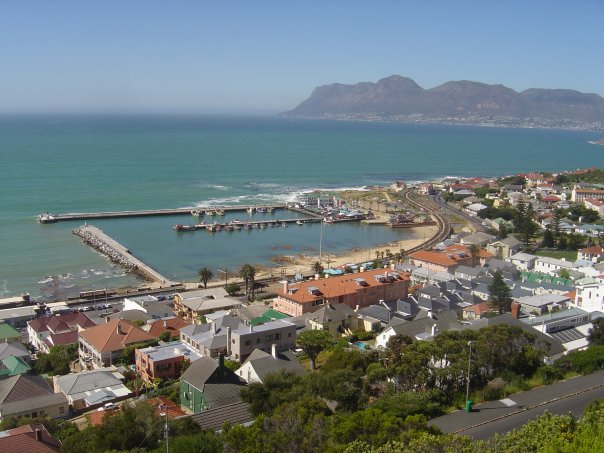
Feature image: Facebook / Kalk Bay

